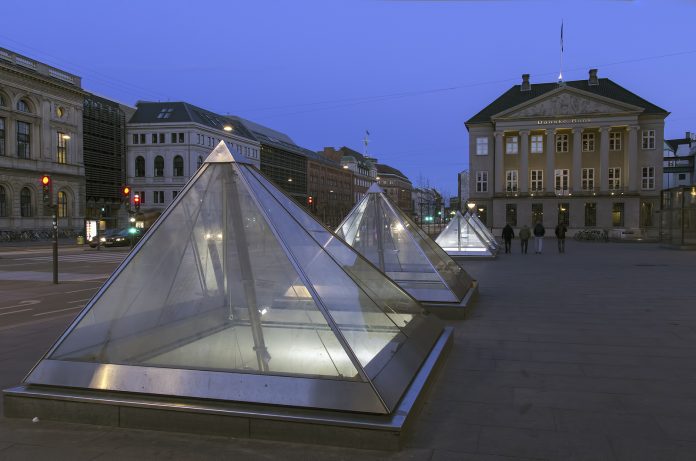A large share of the Estonia’s cross-border payments between 2008 and 2015, were processed by Danske Bank – which is involved in a €200bn money laundering scandal.
Estonia has been rocked by revelations that banks there laundered money from Russia, Moldova and Azerbaijan via non-resident bank accounts.
As reported by the Reuters news agency, shares in Nordic banks Swedbank, SEB and Nordea slumped when media reports this month suggested that the scale of the money laundering through the small Baltic country may have been larger than previously thought.
“Statistics show clearly that a large share of total cross-border payments was processed by Danske Bank,” the Estonian central bank said in a statement.
The central bank said earlier this month that banks doing business in Estonia handled cross-border transactions of more than $1 trillion in and out of the country between 2008 and 2017.
At the peak in 2013, Danske Bank processed €29.8bn of payments going out of the country, giving it a market share by volume of 41.3%, the central bank said.
In a separate report published by The Conversation, Sean Curley, who is Staffordshire University’s dean of law policing and forensics, noted that the Danske Bank scandal raises serious questions over the capacity of banks – and governments – to combat the serious scourge of money laundering.
The European Commission has called the case the “biggest scandal in Europe” and Danske Bank and Denmark and Estonia’s financial watchdogs face an inquiry from the European Union’s banking supervisor to see whether they broke the law.
“Money laundering facilitates crime, undermines financial systems and ultimately can seriously damage economies,” writes Curley. “This is all well recognised – and yet it seems that even the world’s most sophisticated financial regimes cannot control the flow of suspect money through the system.
“To get some perspective on the scale of the problem, the National Crime Agency estimates that the cost of money laundering to the UK economy is £24 billion a year. Globally, it is estimated that up to 5% of global GDP – that’s £1.5 trillion – is laundered by criminals each year.
“Money laundering is the process by which “dirty money” – which is to say money that is identifiable as the proceeds of crime – is made to look legitimate by passing it through financial systems to disguise its suspicious origins.”
Back to Danske, Curley noted that the independent investigation found that more than half of Danske’s 15,000 customers in Estonia were suspicious. The source of funds passing through the portfolio was identified as more than 58% coming from Russia, Estonia and Latvia. The destinations of the funds were worldwide.
The difficulty in identifying the true source of the funds comes from the lack of transparency as to the real owners of the customers in the portfolio. A proportion of them are UK-based companies that are registered as limited liability partnerships – this means they are not required to publish details of their eventual owners. This is a classic case of money laundering where ownership often passes through a series of shell companies before the eventual owner can be identified, noted Curley.

